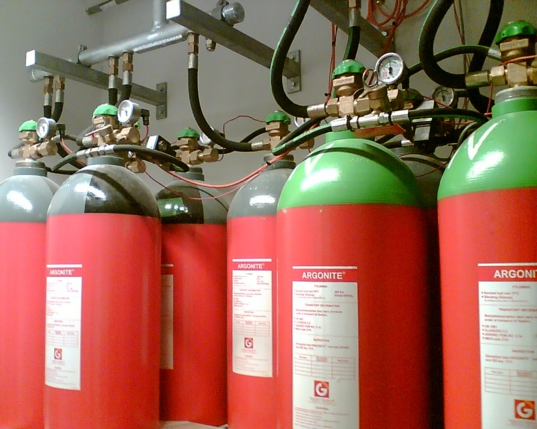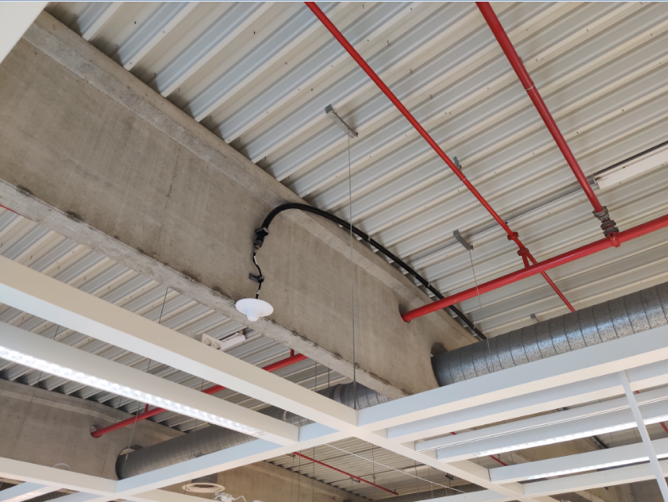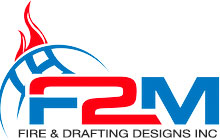NY Local Law
New York Local Law: Fire Suppression Systems in Buildings
What is the New York local law regarding fire suppression systems in buildings? You will find many commercial buildings and residential real estate equipped with cutting-edge active fire protection systems. However, two of the most frequently used terms for fire safety include “fire suppression systems” and “fire sprinkler systems.” While it’s typically easy to understand what a fire sprinkler system is, most people confuse it with a “fire suppression system.” Both refer to active fire protection systems, but that doesn’t mean they can be used interchangeably.

(Source)
The US National Fire Protection Association has various codes regarding fire suppression system selection, design, and installation in commercial as well as residential buildings. In this post, you will understand more about fire suppression systems, how they’re different, and New York laws that are specific to them.
How Does a Fire Suppression System work?
A fire suppression system works on detecting active smoke or flame, which means that it will trigger an alarm as soon as it detects smoke or a sharp rise in temperature. Following the alarm, a fire suppression system will use a pre-defined strategy to prevent the fire from spreading and, most likely, contain it. The fire suppression system will release chemical compounds, foams, or similar material to douse the fire.
An alarm will trigger when the fire suppression system comes in contact with smoke or see a sharp rise in temperature. It also helps in notifying the occupants and tenants of a building to take the safety exits or take cover from fire wherever possible.
Is a Fire Sprinkler System the Same as a Fire Suppression System?
In simple words, the answer is “no.” A fire sprinkler system is a type of fire suppression system. However, most fire suppression systems depend on other forms of fire-dousing agents compared to a fire sprinkler system only which depends on water.
For example, a fire extinguisher (i.e., a relatively small cylinder filled with carbon dioxide foam) is a popular component of an active fire suppression strategy. The fire extinguisher helps occupants and tenants of a building douse the fire as soon as they detect it. However, the most important things are that the fire extinguisher is filled with foam and chemical compounds rather than water.
In many locations, such as oil processing plants or chemical factories that deal with flammable material or chemicals, water will not be useful in stopping the fire. Therefore, fire suppression systems such as fire extinguishers, foam fire suppressors, and clean agent extinguishers are quite effective.

(Source)
New York Local Law for Fire Suppression Systems
You should know that a fire sprinkler system is a form of fire suppression, among many. It’s an active fire protection strategy that uses water in abundance to douse fires that spread quickly in both residential and commercial buildings.
The New York Local Law 26 states that all buildings 100 feet or taller must have an active fire sprinkler system to protect occupants and tenants. Moreover, there are other laws that require building owners and project developers to create strategic fire suppression sites inside a building to install pipe extensions, water supply extensions, and fire extinguishers.
New York Local Law: Fire Suppression Systems Conclusion
At F2M Fire & Drafting Designs Inc, you can rely on our experienced professionals who have worked with many clients, form small sized projects to very large. From huge residential schemes to some of the biggest companies in New York, our experienced partners can handle your fire sprinkler and fire suppression system design needs.
Whether you want to get a fire suppression system designed or discuss the installation of a standard fire sprinkler system, call F2M Fire & Drafting Designs Inc. at (718) 928-3009 today for an expert consultation.
